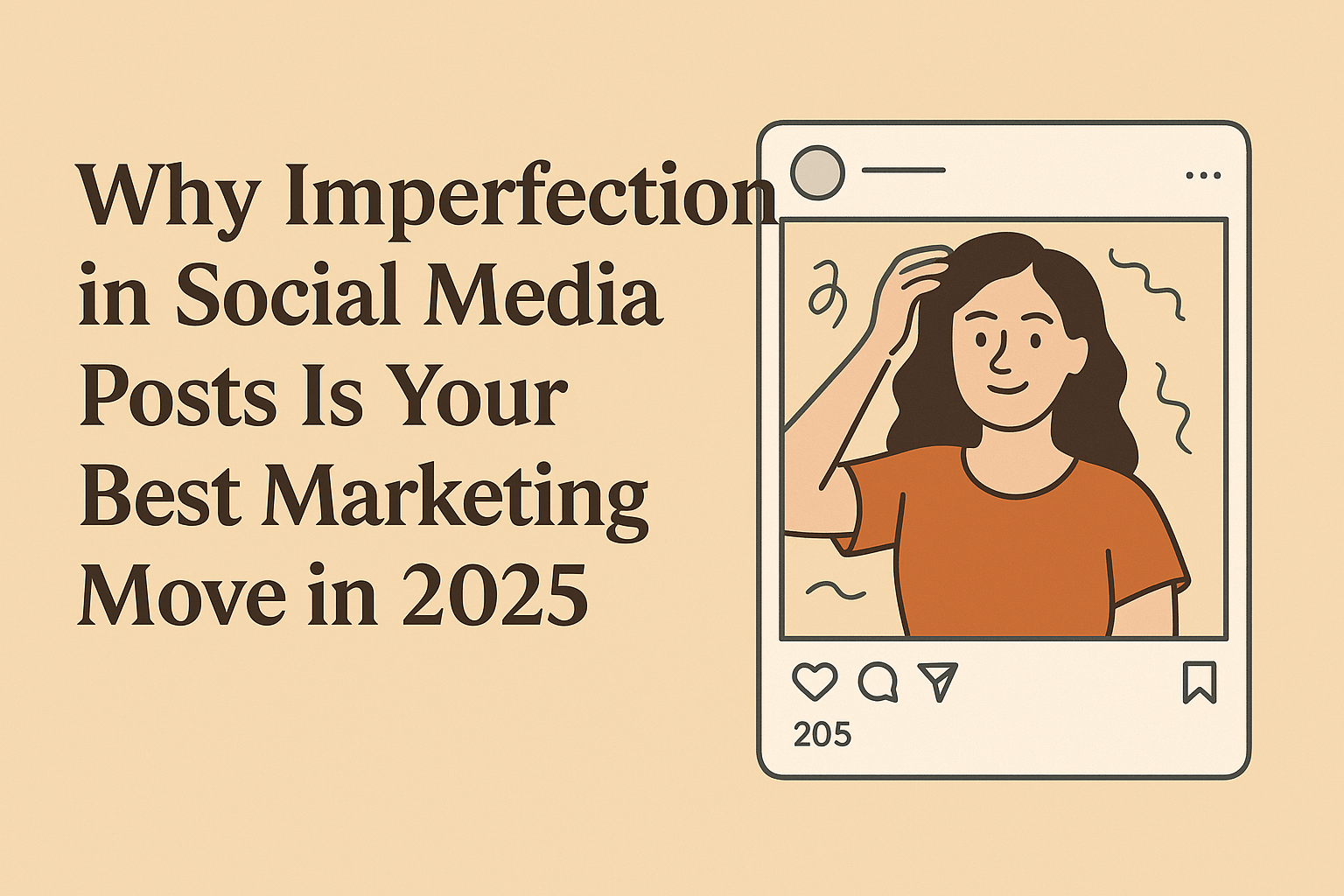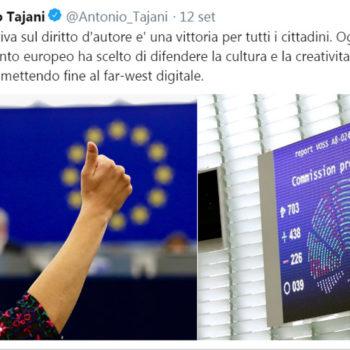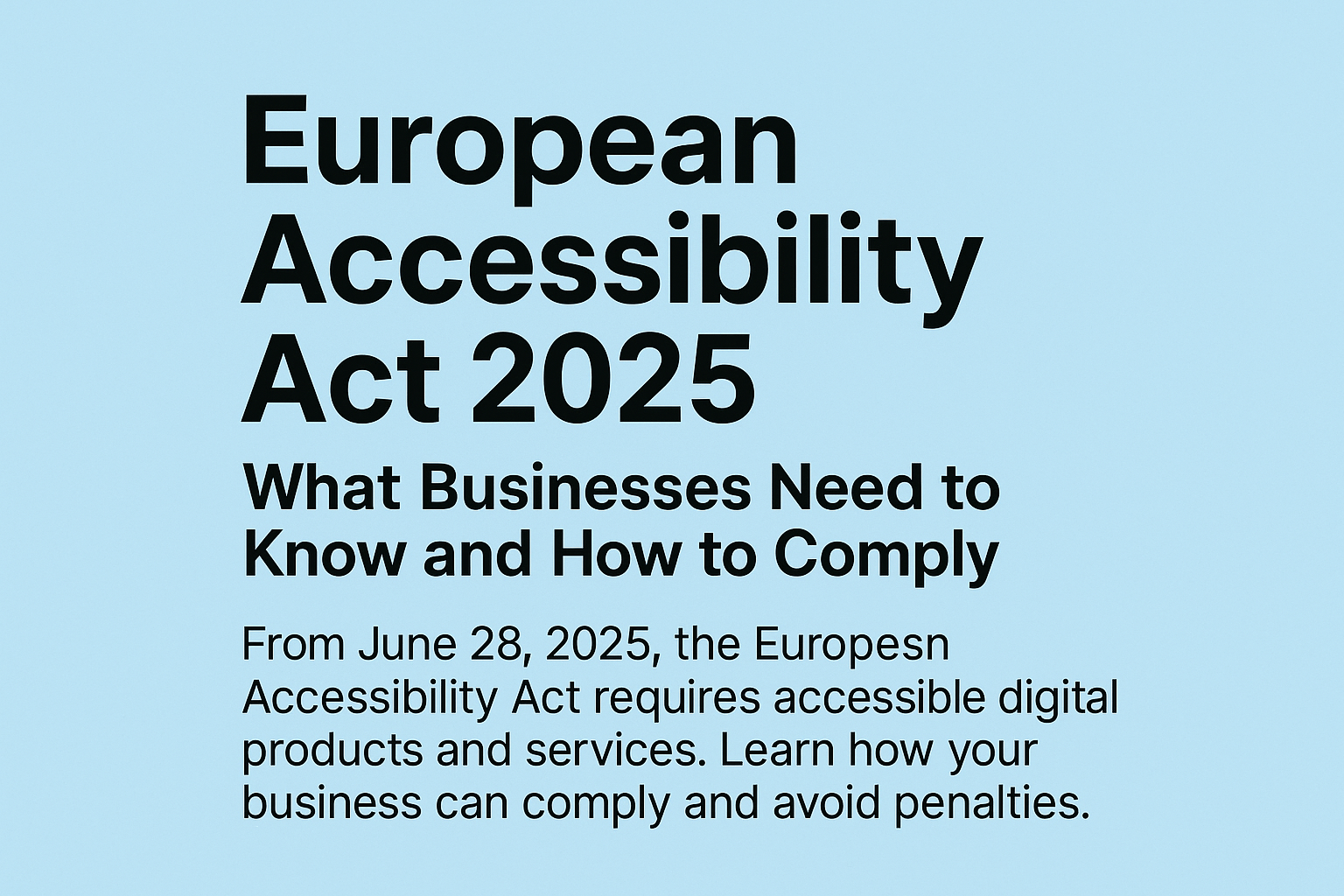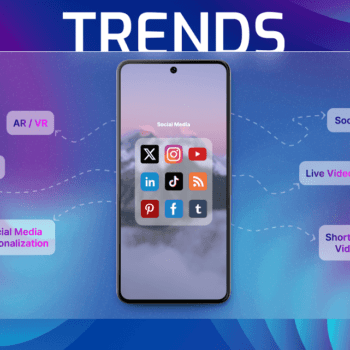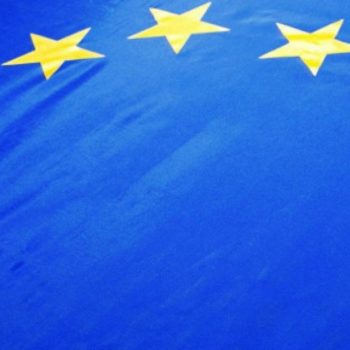Why Imperfection in Social Media Posts Is Your Best Marketing Move in 2025
Section 1: The Rise of Imperfection — From Fake to Real Social Media
For years, social media feeds have been flooded with flawless images, perfectly staged photos, and meticulously curated lifestyles. But the landscape is shifting. The era of polished, “picture-perfect” social media is fading, replaced by a growing craving for authenticity and realness. Users—especially Millennials and Gen Z—are no longer satisfied with content that feels overly produced or unattainable. Instead, they want to see the messy, imperfect, and genuine side of life.
Why? Because perfection creates distance. It fuels comparison, anxiety, and skepticism. When every post screams “perfect life,” it becomes harder for people to relate. Authenticity, on the other hand, bridges that gap. It humanizes creators and brands, making them more approachable and trustworthy.
This cultural shift is driving a new trend: embracing imperfection as a powerful marketing tool. People want content that reflects their own experiences—the chaos, mistakes, and raw moments—not just highlight reels. This change is not just a passing fad; it’s a fundamental transformation in how audiences connect online. As a marketer or content creator, recognizing this shift is essential to staying relevant and engaging in 2025.
Section 2: How Imperfect Content Boosts Engagement and Trust
The numbers back up this cultural movement. Multiple studies reveal that posts showing authenticity and imperfection consistently generate higher engagement rates than overly polished content.
For instance, research from Stackla found that 86% of consumers say authenticity is important when deciding what brands they like and support. Furthermore, imperfect, behind-the-scenes content tends to elicit stronger emotional responses, which translate into more comments, shares, and saves—critical metrics for social media algorithms.
Imperfect content drives trust because it feels honest. When followers see someone owning their flaws, struggles, or off-the-cuff moments, they feel a stronger emotional connection. This trust isn’t superficial; it’s the foundation for brand loyalty.
From a psychological standpoint, imperfection reduces social comparison stress. It makes audiences feel less isolated in their own struggles, encouraging more genuine interaction and community-building. In essence, imperfect posts create an environment where people want to engage because they see real people, not unattainable ideals.
Section 3: Practical Ways to Create Authentic, Imperfect Content
Now that you understand why imperfection matters, how do you incorporate it into your social media strategy effectively? Here are practical tips to get started:
- Show Behind-the-Scenes Moments: Share the work-in-progress, mistakes made, or the “not-so-glamorous” parts of your day. This transparency humanizes your brand and breaks the illusion of perfection.
- Use Raw, Unfiltered Visuals: Don’t be afraid of blurry photos, natural lighting, or candid shots. These elements bring warmth and relatability.
- Write Honest, Conversational Captions: Skip generic motivational quotes. Talk openly about challenges, lessons learned, or doubts. Your audience will appreciate the honesty.
- Embrace Video and Stories: Live videos or spontaneous stories capture real-time authenticity. The unpolished format invites genuine connection.
- Invite Your Audience to Share Their Stories: Create engagement by asking followers to share their imperfect moments or experiences related to your brand.
Remember, imperfection isn’t about being careless—it’s about being real. The goal is to strike a balance where authenticity meets quality, so your content feels both genuine and professional.
Section 4: Brands Winning with Imperfection — Case Studies
Several brands have successfully embraced imperfection, reaping rewards in engagement, loyalty, and sales.
- Glossier: This beauty brand built its empire by celebrating real skin and real people. Glossier’s marketing features user-generated content showing natural skin textures, minimal retouching, and honest testimonials. This approach resonates deeply with consumers craving authenticity.
- Patagonia: Known for its environmental activism, Patagonia’s social media often showcases behind-the-scenes footage of its supply chain, honest discussions about sustainability challenges, and unfiltered stories from customers and employees. This transparency enhances the brand’s credibility and fosters a passionate community.
- Dove: With its “Real Beauty” campaign, Dove broke industry norms by celebrating diverse body types and real, unedited images. This bold step toward imperfection challenged beauty standards and connected authentically with its audience.
These brands prove that showing vulnerability and authenticity is not a risk but a strategic advantage. They build trust by refusing to hide flaws and instead use imperfection as a tool to tell compelling, relatable stories.
Section 5: Building a Loyal Community Through Transparency
At its core, embracing imperfection is about building trust and long-term relationships. When brands and creators are transparent and real, they foster deeper emotional connections with their audience.
This transparency helps reduce the social media anxiety that perfection-driven content often triggers. Followers feel more comfortable engaging, sharing their own stories, and returning for more. Over time, this builds a loyal community rather than just passive viewers.
Moreover, an imperfect approach allows for more dynamic storytelling. It invites ongoing conversations rather than one-way broadcasts. People want to feel seen and heard, and showing your authentic self makes this possible.
For marketers, this means rethinking content strategies: prioritizing quality conversations over vanity metrics, valuing honesty over image, and cultivating community over quick wins.
In 2025, imperfection isn’t just a trend — it’s a competitive edge. It’s your best marketing move because it connects on a human level, builds trust, and creates lasting engagement that no glossy photo can match.
If you want to stay ahead, start embracing the beauty of imperfection today. Your audience—and your brand—will thank you.

